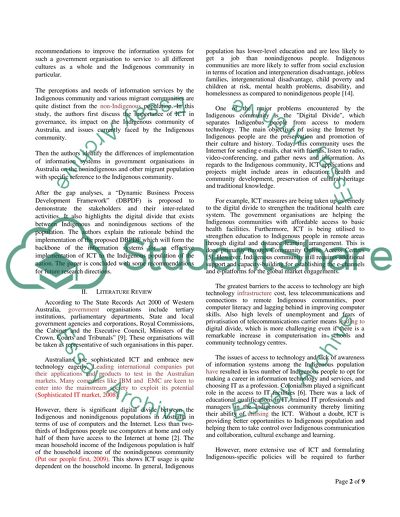Information Sytems - Article Research Paper Example | Topics and Well Written Essays - 500 words. Retrieved from https://studentshare.org/miscellaneous/1560332-information-sytems-article
Information Sytems - Article Research Paper Example | Topics and Well Written Essays - 500 Words. https://studentshare.org/miscellaneous/1560332-information-sytems-article.


